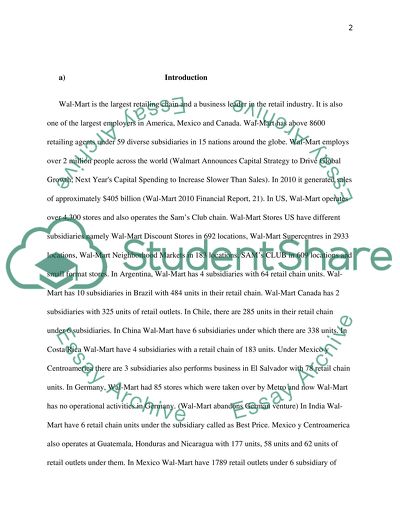Cite this document
(“Wal-Mart Finance Essay Example | Topics and Well Written Essays - 2000 words”, n.d.)
Retrieved from https://studentshare.org/finance-accounting/1430271-wal-mart
Retrieved from https://studentshare.org/finance-accounting/1430271-wal-mart
(Wal-Mart Finance Essay Example | Topics and Well Written Essays - 2000 Words)
https://studentshare.org/finance-accounting/1430271-wal-mart.
https://studentshare.org/finance-accounting/1430271-wal-mart.
“Wal-Mart Finance Essay Example | Topics and Well Written Essays - 2000 Words”, n.d. https://studentshare.org/finance-accounting/1430271-wal-mart.


